Scientists in China have made a reflective coating with a structure that mimics the underside of a poplar tree leaf. The coating could be used on the outside of buildings to counteract the heating effect of carbon dioxide emissions, reducing the energy needed to cool the building from the inside.
Yanlin Song and colleagues from the Chinese Academy of Sciences, Beijing, mimicked the structure of the leaf’s lower surface using polymers spun into reflective films consisting of long, hollow uniform fibres.
The underside of the poplar leaf is better at reflecting light than the top. This is because of the ‘cool roof’ effect, in which a layer of hairs on the underside reflects the light, so that less heat penetrates the leaf. The leaf turns over in strong sunlight to reveal the underside and as the light is being reflected rather than absorbed, the leaf appears white. ‘Normally, the poplar tree looks green, but sometimes in the summer, the tree shows a white cast,’ says Song.
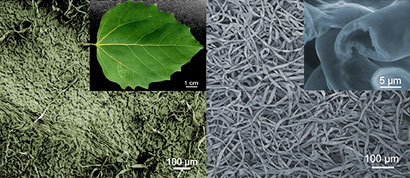
The poplar leaf's hair structure (left) and the reflective coating with a magnified image showing one of the hollow fibres (right)
The team discovered that controlling the film thickness and making the cross section of the fibres as similar to the leaf hair as possible is the key to high reflectivity. They tested their films by coating them onto the compound diarylethene, which changes from red to colourless in the presence of visible light – the structure changes from a closed ring to an open ring. They found that the coating stopped the diarylethene changing colour, and had the additional benefit of being hydrophobic.
‘The reflectance and waterproof nature of the coatings make them ideal candidates for a number of building situations,’ says Robert Lamb, an expert on surface science. ‘Improving the durability of such delicate interfaces with the environment will be the major hurdle, but the alternative of sticking poplar leaves to our roofs to achieve the same effect is really not an option!’
Song says that his team will continue to develop highly reflective materials, widening the wavelength at which they function, to eventually be used to improve the efficiency of lighting.
Holly Sheahan
Read the journal article in full:
Highly reflective superhydrophobic white coating inspired by poplar leaf hairs toward an effective cool roof
Changqing Ye, Mingzhu Li, Junping Hu, Qunfeng Cheng, Lei Jiang and Yanlin Song
Energy Environ. Sci., 2011, DOI: 10.1039/c0ee00686f











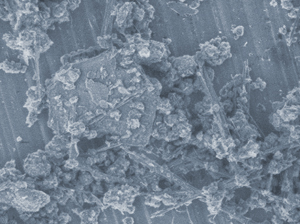
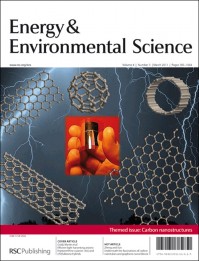
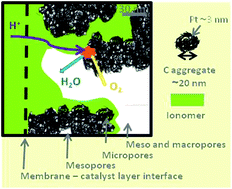
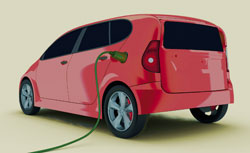
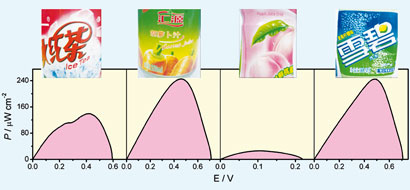
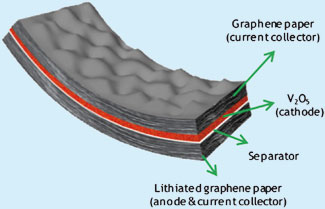
 Reviewing recent advances in ammonia and hydrazine based electrochemical fuel cells
Reviewing recent advances in ammonia and hydrazine based electrochemical fuel cells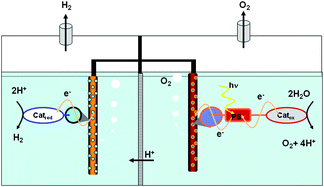 This review covers the progress achieved in the synthesis and characterization of different metal based catalysts designed for the photocatalytic oxidation of water, with special focus on molecular designed systems.
This review covers the progress achieved in the synthesis and characterization of different metal based catalysts designed for the photocatalytic oxidation of water, with special focus on molecular designed systems.